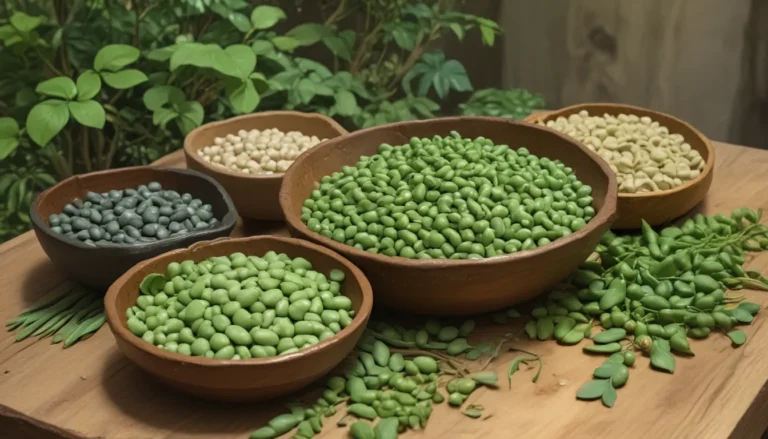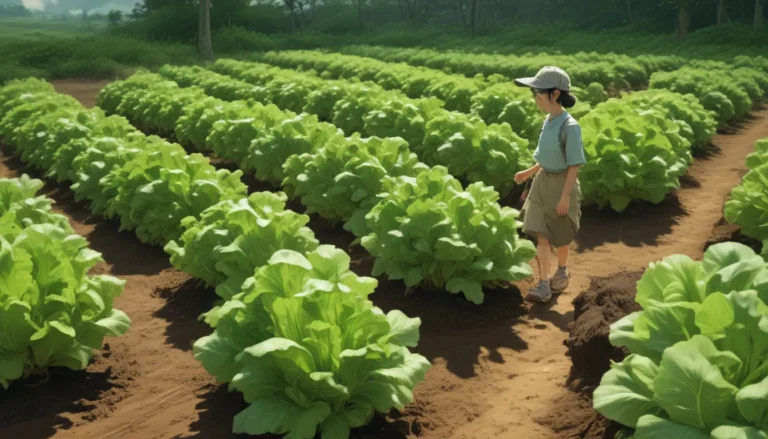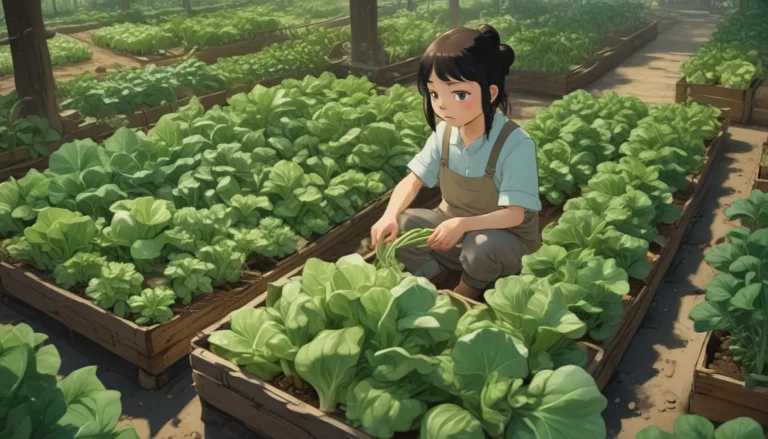How to Properly Water Your Tomato Plants

Welcome, gardeners! Today, we’re diving into the essential topic of watering your beloved tomato plants. Tomatoes are known to be quite picky when it comes to hydration. Providing them with too much or too little water can lead to wilting leaves, damaged fruit, or even disease. But fear not, with the right knowledge and approach, you can ensure your tomato plants thrive under your care.
Let’s explore everything you need to know about how and when to water your tomatoes.
What You’ll Learn
- How Much Water Do Tomatoes Need?
- Frequent Deep Watering
- Other Factors to Consider
- Container-Grown Tomatoes
- Irrigation Tips
How Much Water Do Tomatoes Need?
The watering needs of tomatoes vary throughout the growing season. When you have newly transplanted seedlings, they require consistent and frequent watering. Aim for about a quart of water per day for the first two weeks, possibly more if there’s intense sunlight and wind exposure.
Once the roots have established themselves after the initial two weeks, adjust the watering schedule to provide one to three inches of water per week. This translates to about half a gallon to two gallons of water per square foot of soil weekly. As the fruits begin to mature and ripen, slightly reduce the amount of water to prevent splitting or cracking while still maintaining regular hydration to prevent dehydration.
Frequent Deep Watering
Beyond the quantity of water, the method of watering is equally important. Deep watering is a technique that involves providing slow, consistent moisture to the roots. This can be achieved effectively through drip irrigation systems or soaker hoses. Deep watering encourages the development of robust root systems and helps prevent the spread of diseases.
Avoid overhead watering methods that splash droplets onto the leaves, as this can lead to the quick spread of blight and other tomato diseases. If you must use a hose, direct the water towards the soil at the base of the plant instead of the leaves.
Remember to water slowly for an extended period, ideally between 30 minutes to a couple of hours, to ensure deep infiltration of moisture into the soil. Initially, water your transplants daily for the first two weeks until they have established themselves. Then, adjust the frequency to two to three times per week based on rainfall and soil conditions.
Consistency is key to preventing issues like blossom-end rot.
Other Factors to Consider
While the general watering guidelines provide a solid foundation, there are additional factors to consider to tailor your watering routine effectively.
Soil Type
The type of soil in your garden plays a crucial role in determining watering needs. Sandy soil, which drains quickly, requires double the recommended water amount during each growth stage. On the other hand, clay soil absorbs water less easily, leading to pooling or runoff. To mitigate these issues, water slowly using drip irrigation or soaker hoses. Incorporating organic matter into the soil and mulching with straw can enhance moisture retention.
Weather and Climate
Weather conditions, particularly heat and rainfall patterns, impact watering requirements. During prolonged drought periods, plants may need up to three inches of water per week, while adjustments should be made during rainy spells. Monitoring soil moisture using a rain gauge or finger testing can guide your watering schedule accordingly.
Container-Grown Tomatoes
Tomatoes grown in containers necessitate more frequent watering than their garden counterparts. Water your container plants once or twice daily until you observe moisture seeping out from the drainage holes. Plants in raised beds should also be watered daily, as soil in containers tends to dry out quickly. Maintain moist soil without overwatering to support healthy growth.
Irrigation Tips
- Direct water at the base of the stem using drip irrigation or soaker hoses.
- Incorporate straw mulch to regulate soil temperature and moisture retention.
- Monitor soil conditions for cracked, dry soil, wilting leaves, or other signs of watering needs.
- Be cautious of overwatering signals such as tasteless fruit, foul odors, or yellowing leaves.
When in Doubt, Keep It Simple
Despite the nuances of watering tomatoes, remember that consistency is key. By providing regular moisture to the roots a few times a week, you can ensure healthy and flourishing tomato plants. Your efforts will be rewarded with a fruitful harvest!
Have any watering tips for tomato plants that you’d like to share? Feel free to drop them in the comments below!
For more insights on cultivating robust tomatoes, check out these informative articles:
- How to Grow and Care for Tomatoes in Your Garden
- How to Grow Tomatoes From Seed in 6 Easy Steps
- When Is the Best Time for Planting Tomatoes?
And there you have it, a comprehensive guide on watering your tomato plants. Remember, hydration is key to unlocking the full potential of your tomato harvest. Happy gardening!





